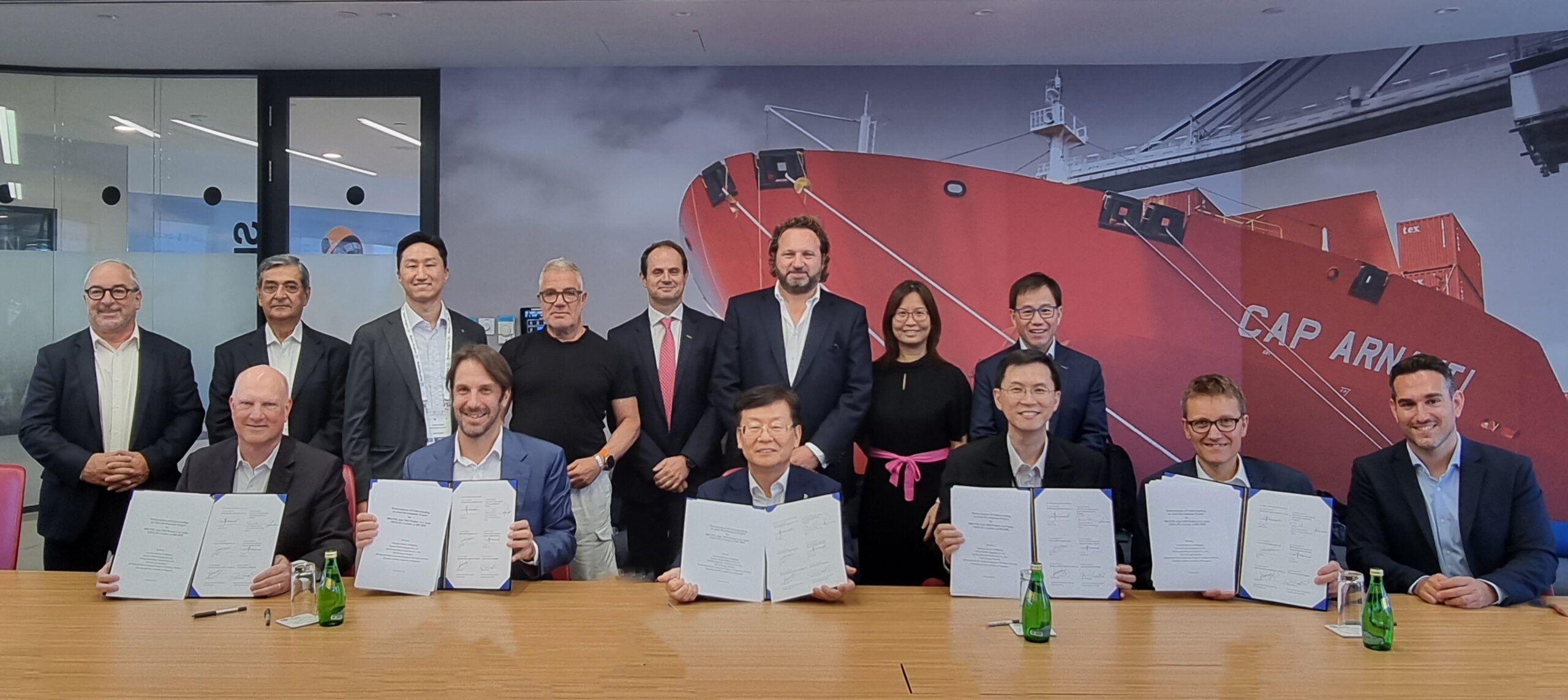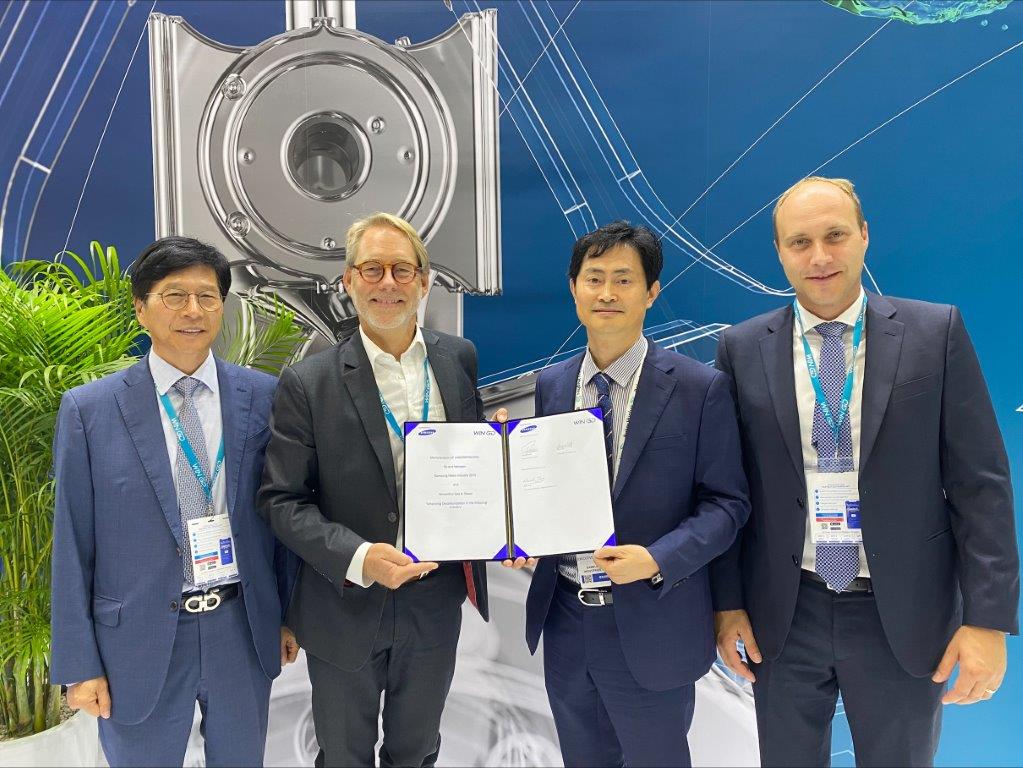Giving shipping hope, doubt and even confusion as time runs out
The Maersk McKinney Moller Centre for Zero Carbon Shipping, funded heavily by the Family foundation of the same name, has been looking at these options, and already developed something of a roadmap. Staff from the centre were at WMTC to talk about some of their research and thoughts.
It is worth mention here that the Centre has made pains to distinguish itself from AP Moller Maersk, and in particular Maersk Line, the latter has already begun to place bets on a methanol fuelled future for container shipping. The Centre is more prosaic, pointing to the four fuels methanol, methane, biofuels, and ammonia, pointing to ammonia as being the most likely front runner.
But determining which fuel is a complex task as these fuels are being sought by other sectors in addition to shipping, and come with the question about how green they are, whether blue fuels are a valid part of the transition and in the case of biofuels the question over land resources and availability.
“It’s a complex task because all of a sudden we start to make more or less a model of the world,” said Torben Norgaard from the centre when talking about scenarios for different fuel uptake. Even while shipping is at the cusp of needing a road to travel down, he said the scenarios all need to be taken with a pinch of salt because of the huge uncertainties that exist.
The one thing he was more sure of, was the value of having blue fuels, those made from hydrocarbons but with captured CO2 in the mix, being part of the transition as green electricity prices are lowered or carbon prices are introduced.
With carbon capture technologies never being able to remove 100% of emitted CO2 form industrial processes it will eventually mean that blue fuels will not be competitive. He also said the issue of ‘fugitive emissions will also need to be accounted for. He repeatedly said that blue fuels will be part of the transition “if they are more green than grey”.
A key part of the puzzle will be continued work of improving onboard energy efficiency. While shipping is being pushed into much stronger vessel emissions reductions through the EEXI and CII, such efforts will still be needed when vessels begin to use green or blue fuels as they will reduce the impact of blue fuels and help make green fuels competitive.
Choose your problem
The International Maritime Organization has yet to clarify or update fuel safety rules to encompass these new fuels. While ammonia, methane and methanol are not new to society, nor to shipping as they are often cargoes, their use as a fuel on a range of ships needs careful consideration.
“The toxicity of ammonia needs to be addressed up front, and not as an afterthought” said Claus Graugaard, head of onboard vessel solutions at MMMCZCS who explained that the way fuels are stored for use may vary.
Ammonia. For example, is toxic, and lighter than air, but hydroscopic, so in contact with water forms a heavier gas. So, analysis is needed to see how different gases dissipate and spread if there are leaks. The chemical can also be stored onboard differently, refrigerated, semi pressurised or fully pressurised, and with each storage method the risks need full appraisal, and then global safety rules in place.
Methane has the issue of methane slip, a problem that is also bugging the image of LNG as a marine fuel. Methane being a much greater greenhouse gas than CO2, albeit somewhat shorter lived in the atmosphere.
































